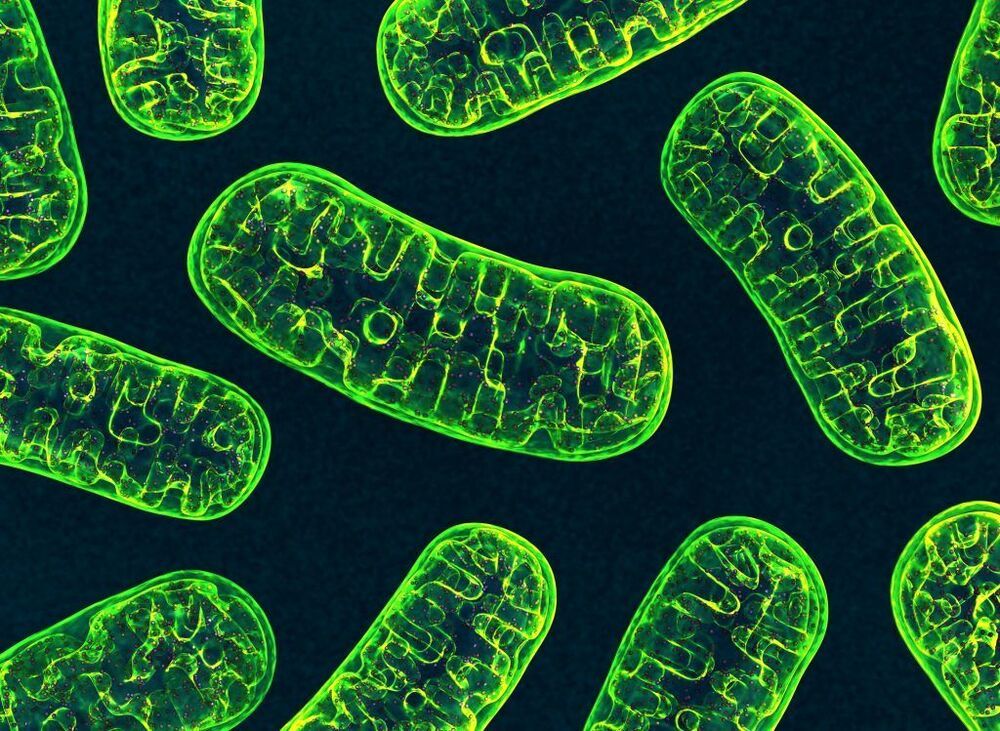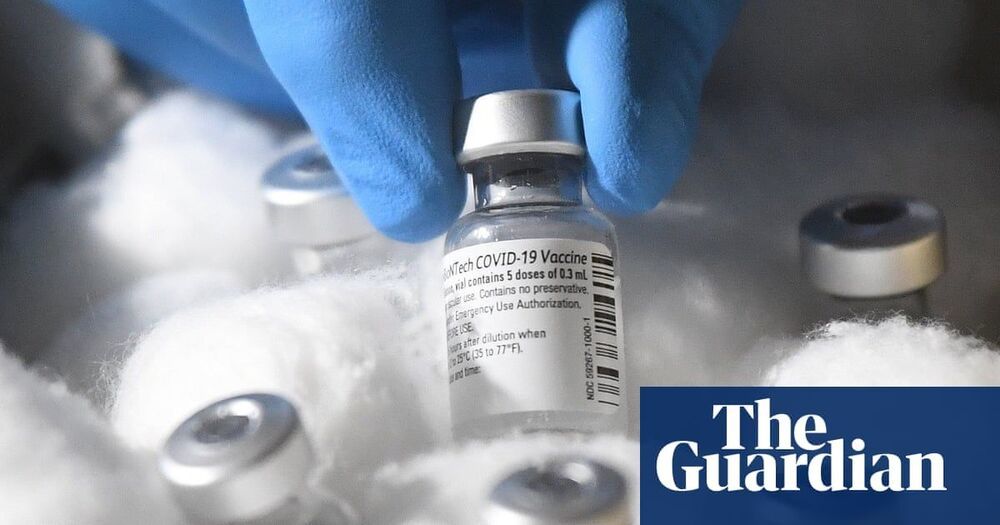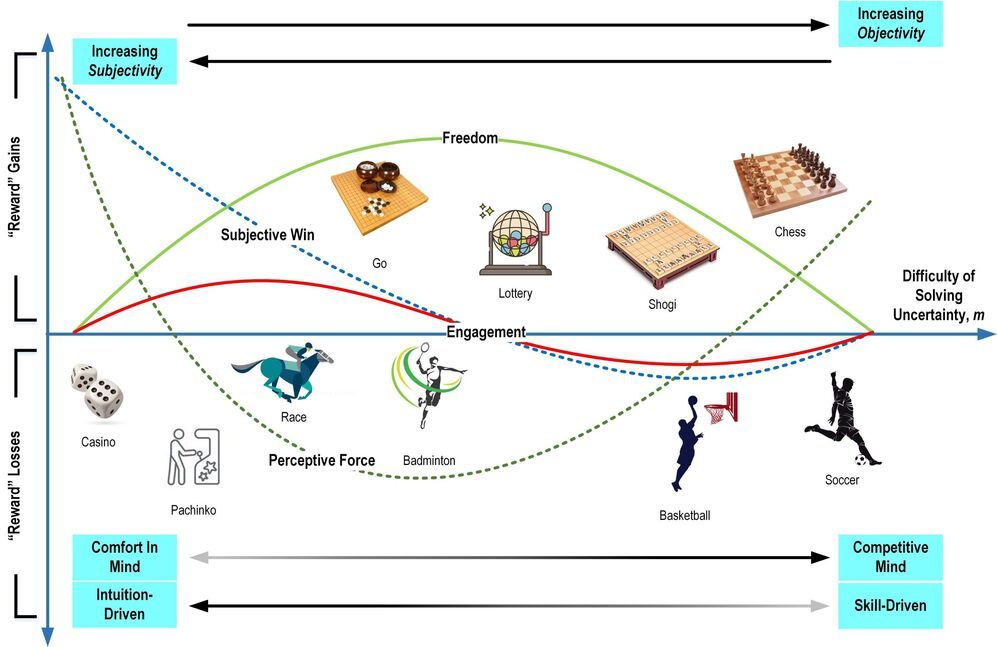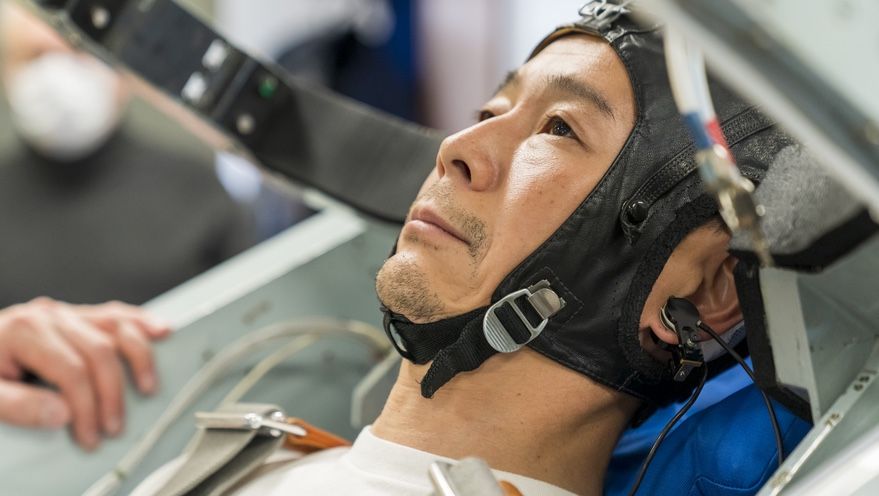Can We Immunize The World Against Future Pandemics? Dr Jonna Mazet, DVM, MPVM, PhD, UC Davis School of Veterinary Medicine — Global Virome Project.
Dr. Jonna Mazet, DVM, MPVM, PhD, is a Professor of Epidemiology and Disease Ecology at the UC Davis School of Veterinary Medicine, Founding Executive Director of the UC Davis One Health Institute, and Vice Provost For Grand Challenges At UC Davis.
Additionally, Dr. Mazet in on the Steering Committee of the Global Virome Project, Principal Investigator of the PREDICT project, Chair, National Academies’ One Health Action Collaborative, and Co-Vice Chair, UC Global Health Institute Board of Directors.
Dr. Mazet’s work focuses on global health problem solving for emerging infectious diseases and conservation challenges. She is active in international One Health education, service, and research programs, most notably in relation to pathogen emergence; disease transmission among wildlife, domestic animals, and people; and the ecological drivers of novel disease dynamics.
Currently, Dr. Mazet is the Co-Director of the US Agency for International Development’s One Health Workforce – Next Generation, an $85 million educational strengthening project to empower professionals in Central/East Africa and Southeast Asia to address complex and emerging health threats, including antimicrobial resistance and zoonotic diseases.






